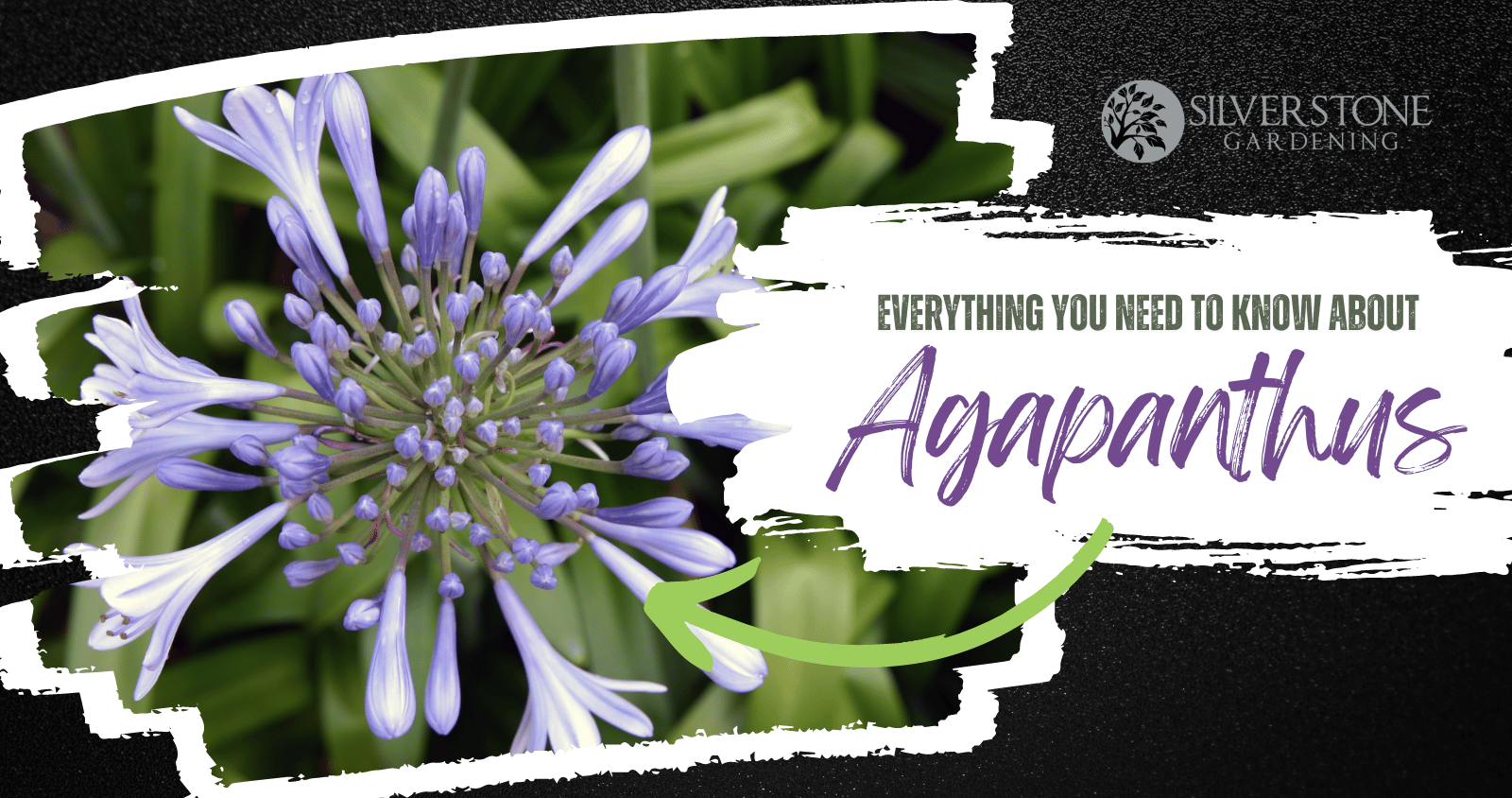
Agapanthus, also known as African lily, is a perennial flower native to South Africa. It is known for its large, showy blooms that come in shades of blue and purple, and its long, strappy leaves. There are many varieties of this plant, with different flower and leaf colours and sizes.
One of the most popular varieties is Agapanthus ‘Midnight Star,’ which has dark blue flowers and long, glossy leaves. Another popular variety is Agapanthus ‘Peter Pan,’ which has small, compact leaves and blue-purple flowers.
When it comes to growing Agapanthus, it is important to give the plant well-drained soil and a sunny location. This plant thrives in full sun or light shade, and prefers soil that is rich in organic matter. It is also tolerant of drought, making it a great choice for gardens in dry climates.
Agapanthus is also known for its ability to spread quickly, so it is important to keep an eye on the plant’s growth and divide it if necessary to prevent it from taking over the garden.
When it comes to interesting facts about Agapanthus, one thing that sets it apart is its long blooming period. Their flowers can bloom for up to three months, from late spring to early fall. Additionally, Agapanthus is a popular cut flower, and the blooms can last up to two weeks in a vase.
Another interesting fact is that Agapanthus is also a symbol of love and devotion in many cultures. So, it is considered a great gift to give your loved ones.
In summary, Agapanthus is a beautiful, easy-to-grow perennial flower that comes in many varieties. It prefers well-drained soil, full sun or light shade, and can bloom for up to three months. It is also a symbol of love and devotion in many cultures. With its beauty and long-blooming period, Agapanthus is a great addition to any garden.
Three popular varieties
Agapanthus ‘Purple Cloud’

Agapanthus ‘Purple Cloud’ is a variety of African lily that is known for its large, showy blooms that are shades of deep purple. It is a hardy and easy-to-grow perennial that is well suited for gardens in a wide range of climates.
In terms of size, Agapanthus ‘Purple Cloud’ can grow up to 60-90cm tall and wide. The leaves are long and strappy, and the blooms are typically held on tall stems above the foliage. The blooms of Agapanthus ‘Purple Cloud’ appear in summer and they can last for up to six weeks.
When it comes to growing conditions, Agapanthus ‘Purple Cloud’ prefers full sun to light shade and well-drained soil. It is also tolerant of drought and can thrive in hot, dry climates. It does not do well in wet soils or heavy clay soils and is considered to be a drought-tolerant plant, making it a great choice for gardens in dry climates. You can find out more about Agapanthus ‘Purple Cloud’ here.
Agapanthus ‘Queen Mum’
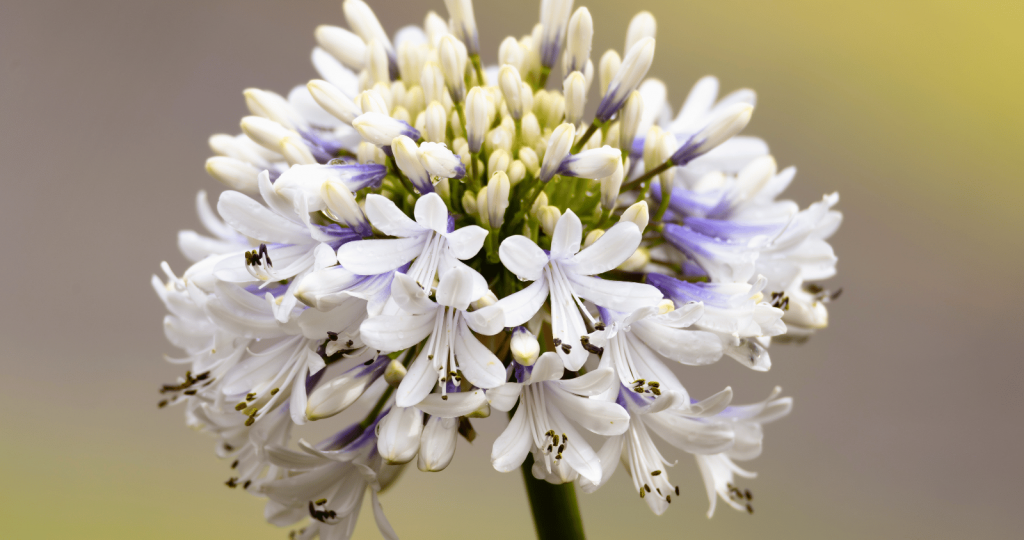
Agapanthus ‘Queen Mum’ is a cultivar of African lily, also known as Agapanthus praecox. It is known for its large, showy blooms that are shades of white and blue. This variety is a hardy and easy-to-grow perennial that is well suited for gardens in a wide range of climates.
In terms of size, Agapanthus ‘Queen Mum’ can grow up to 60-90cm tall and wide. The leaves are long and strappy, and the blooms are typically held on tall stems above the foliage. The blooms of Agapanthus ‘Queen Mum’ appear in late spring to early summer, and they can last for up to 6 weeks.
When it comes to growing conditions, Agapanthus ‘Queen Mum’ prefers full sun to light shade and well-drained soil. It is also tolerant of drought and can thrive in hot, dry climates. It does not do well in wet soils or heavy clay soils. Agapanthus ‘Queen Mum’ is also considered to be a drought-tolerant plant, making it a great choice for gardens in dry climates.
The pure white blooms with green tips are unique and eye-catching, making it a great option for borders and mass planting. Additionally, Agapanthus ‘Queen Mum’ is also a popular cut flower, and the blooms can last up to two weeks in a vase.
Agapanthus ‘Blue Storm’
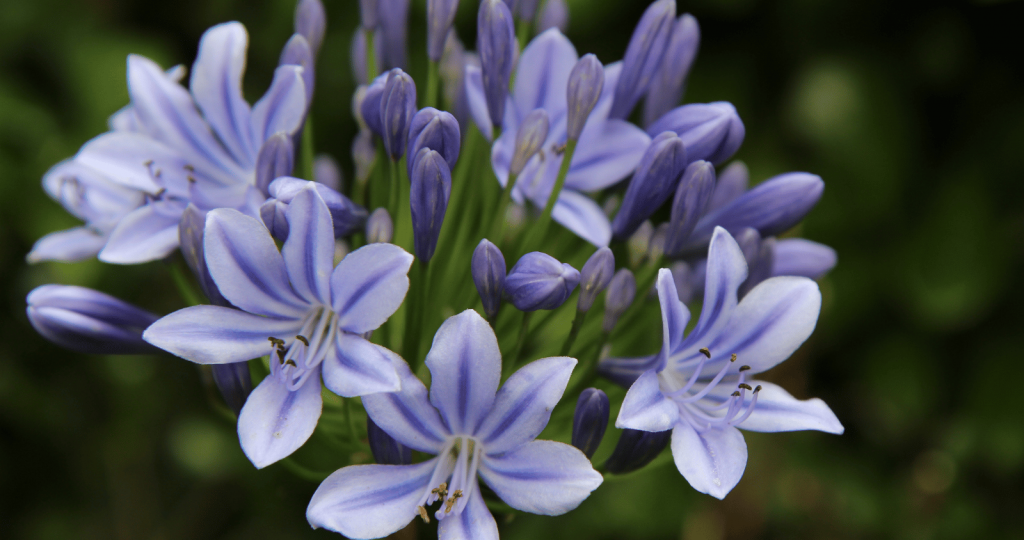
Agapanthus ‘Blue Storm’ is a cultivar of African lily. It is known for its large, showy blooms that are shades of blue. This variety is a hardy and easy-to-grow perennial that is well suited for gardens in a wide range of climates.
In terms of size, Agapanthus ‘Blue Storm’ can grow up to 60-90cm tall and wide. The leaves are long and strappy, and the blooms are typically held on tall stems above the foliage. The blooms of Agapanthus ‘Blue Storm’ appear in late spring to early summer, and they can last for up to 6 weeks.
When it comes to growing conditions, Agapanthus ‘Blue Storm’ prefers full sun to light shade and well-drained soil. It is also tolerant of drought and can thrive in hot, dry climates. It does not do well in wet soils or heavy clay soils. Agapanthus ‘Blue Storm’ is also considered to be a drought-tolerant plant, making it a great choice for gardens in dry climates.
One of the things that makes Agapanthus ‘Blue Storm’ an attractive option for a garden is its striking color. The deep blue blooms are unique and eye-catching, making it a great option for borders and mass planting. Additionally, Agapanthus ‘Blue Storm’ is also a popular cut flower, and the blooms can last up to two weeks in a vase. You can find out more about Agapanthus ‘Blue Cloud’ here.
Are agapanthus considered drought tolerant?
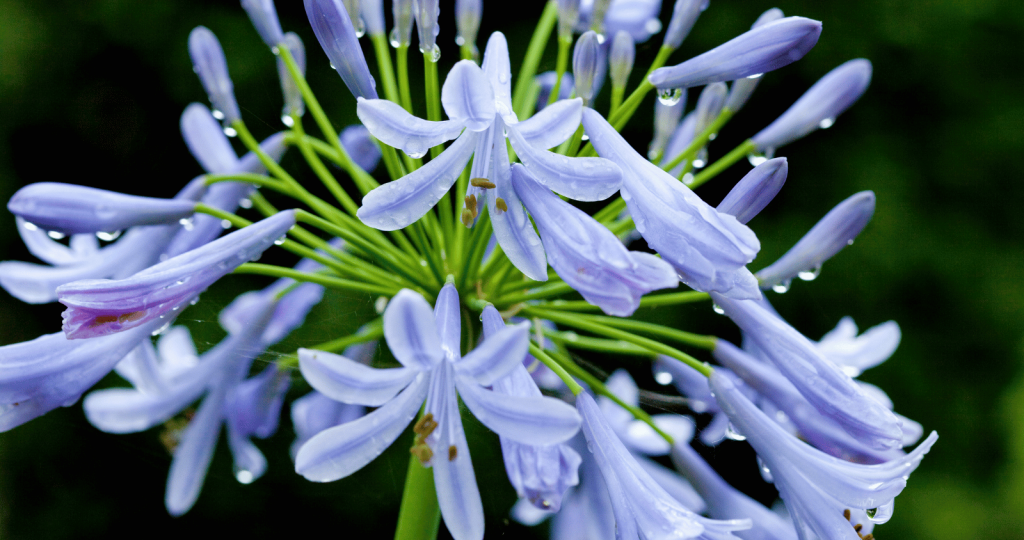
Yes, agapanthus are considered to be drought tolerant plants. They have deep roots that allow them to access water and nutrients even in dry conditions. They are also able to store water in their leaves and stems, which allows them to survive periods of drought.
How much water, in mm, do agapanthus need each week ?
Agapanthus do not require a lot of water to thrive. They prefer well-drained soil and can tolerate some drought. During the growing season, they should be watered deeply once a week, providing around 25-50mm of water. In hot, dry climates, they may require more frequent watering to prevent the soil from drying out completely. However, it is important to avoid over-watering, as this can lead to root rot.
How often should Agapanthus be pruned?
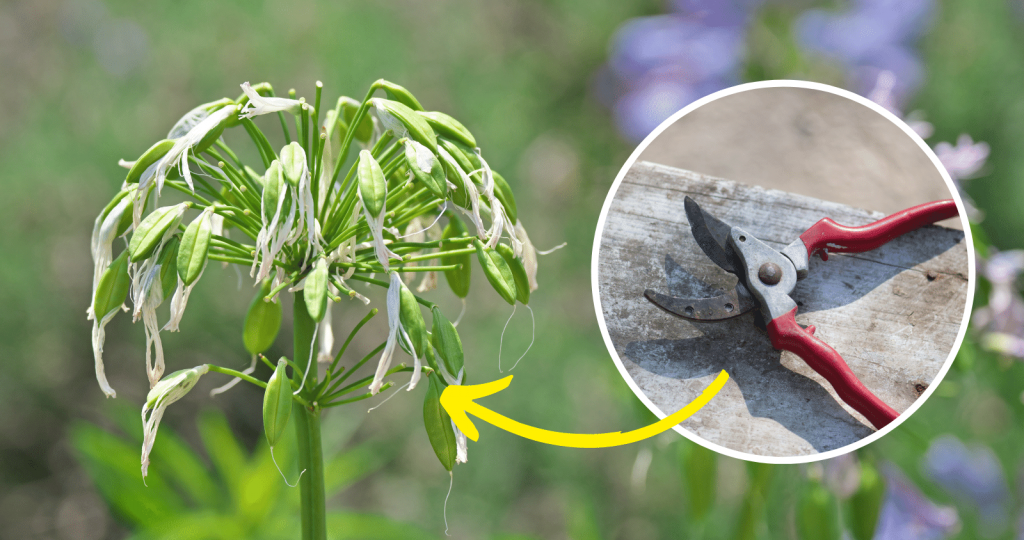
Agapanthus should be pruned after they finish blooming. This typically occurs in late summer or early Autumn, when the flowers begin to fade. They should be pruned back to the foliage, cutting the flower stalks down to the base. This will encourage new growth and promote better blooming the following year.
When is the best time of year to prune?
The best time of year to prune agapanthus is after they finish blooming, which typically occurs in late summer or early fall. This allows the plants to focus on producing new growth and blooming the following year, rather than expending energy on seed production. Pruning at this time also ensures that the plant is not damaged during the process.
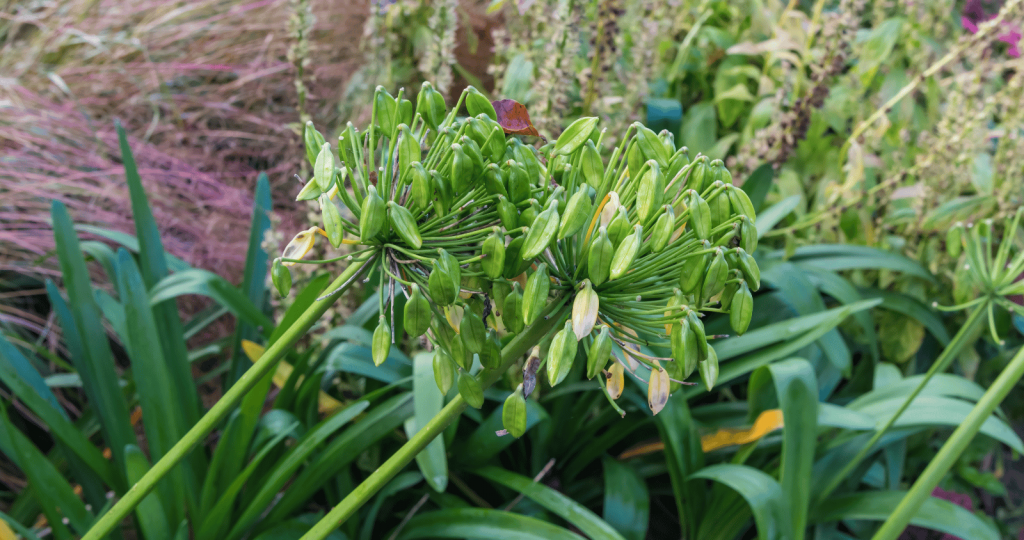
How do you thin out agapanthus?
Agapanthus is a hardy perennial plant that can grow quite vigorously, so it may need to be thinned out every few years to maintain a healthy and attractive appearance. Here are the steps you can take to thin them out:
- Identify the overcrowded clumps: Agapanthus plants tend to multiply over time, creating large clumps of foliage and flowers. Identify the clumps of plants that are overcrowded and need to be thinned out.
- Choose the right time of year: The best time to thin out agapanthus is in the early spring or late fall, when the plant is dormant. Avoid thinning out during the summer months, when the plant is actively growing.
- Carefully dig up the clump: Use a sharp spade or gardening fork to carefully dig up the entire clump of agapanthus. Be sure to loosen the soil around the roots to minimize damage to the plant.
- Divide the clump: Once you have dug up the clump, use your hands or a sharp knife to divide it into smaller sections. Each section should have at least one strong shoot, a few healthy roots, and some foliage.
- Replant the divisions: Replant the divisions in a new location, spacing them at least 40cm apart. Water them well and mulch around the base to retain moisture.
- Discard the extras: Discard any sections that are weak, diseased or damaged, and any which are too small as they will not survive.
It’s important to note that, thinning out agapanthus will help to promote healthy growth, improve air circulation and reduce the risk of disease. As it will also make the plants more productive and increase the amount of flowers.
How quickly do agapanthus grow to their full height?
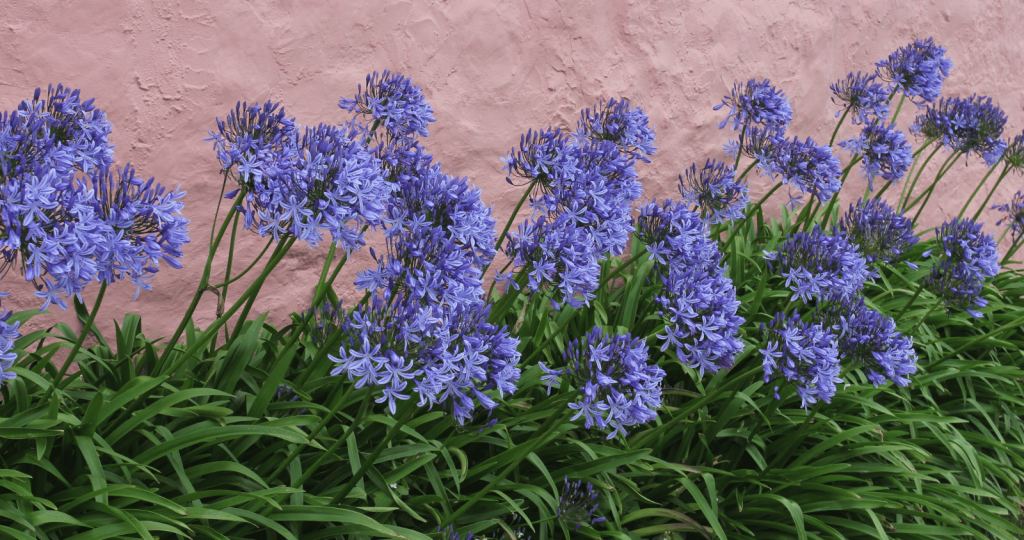
Agapanthus typically grows to its full height within 2-3 years, although some varieties may take a bit longer to reach maturity. This is due to the fact that they are perennials, meaning they live for more than one growing season. They will typically grow taller and wider each year, reaching their full height and spread over time.
How many meters does an agapanthus grow in a year?
An Agapanthus plant can grow around 30-60cm in a year. However, this can vary depending on the specific variety, as well as environmental factors such as soil quality, water, and sunlight. It’s important to keep in mind that the growth rate will also depend on the maturity of the plant, the variety and the environmental condition.
Should agapanthus be fertilised?
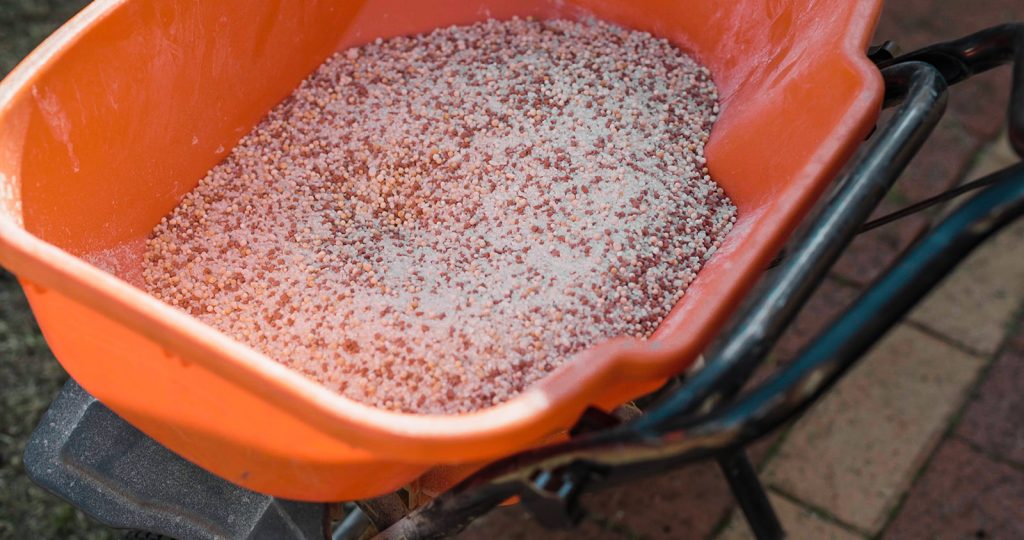
Agapanthus can benefit from regular fertilization to promote healthy growth and abundant blooms. A slow-release fertiliser that is high in phosphorous and potassium is typically recommended for agapanthus.
What fertiliser is best for agapanthus?
A slow-release fertiliser that is higher in phosphorous and potassium is typically recommended for agapanthus. A balanced fertiliser that is specifically formulated for use on flowering plants. Avoid fertilisers high in nitrogen as this can promote leaf growth at the expense of flowers.
How do you apply fertiliser to an agapanthus?
Fertiliser should be applied in the spring, prior to the plants beginning to grow. It can be applied to the soil around the base of the plant and should be watered in well after application. It is important to be careful not to over-fertilize agapanthus, as this can cause leaf growth at the expense of flowers.
How often should agapanthus be fertilised?
Agapanthus should be fertilized once a year in the spring, prior to the plants beginning to grow this will encourage more flowering. If the soil is very poor, you may consider fertilising twice a year, once in the spring and once in the summer. However, be sure to follow the instructions on the fertiliser package for the specific recommendations for your plants.
What pests are common with agapanthus?
Agapanthus is generally considered to be a pest-free plant, but there are a few pests that can be a problem. Some of the most common pests that affect agapanthus include:
- Mealybugs: These small, white, cottony insects can be found on the foliage and stems of agapanthus. They can cause damage by feeding on the sap of the plant and can also produce a sticky honeydew that can attract ants.
- Slugs and Snails: These pests can cause damage to the foliage of agapanthus by eating large holes in the leaves. They are particularly active at night and in damp, cool weather.
- Spider Mites: These pests can be found on the underside of leaves, they can cause yellowing, discoloration and leaf drop. They can often be difficult to see with the human eye.
It’s important to note that pests can be controlled by using insecticides and pesticides, but it’s always best to use organic methods of pest control such as neem oil, insecticidal soap, and handpicking the pests if possible (here is where you can find some neem oil). It’s also a good idea to practice good gardening techniques such as proper watering and fertilising to keep your plants healthy and able to resist pests.
What diseases are common with agapanthus?
Agapanthus is generally considered to be a disease-free plant, but there are a few diseases that can be a problem. Some of the most common diseases that affect agapanthus include:
- Crown Rot: This fungal disease is caused by a variety of soil-borne fungi that can attack the crown of the plant, causing it to rot. Symptoms include wilting, yellowing of the leaves, and a mushy or rotten smell coming from the base of the plant.
- Root Rot: This fungal disease is caused by soil-borne fungi that can attack the roots of the plant, causing them to rot. Symptoms include wilting, yellowing of the leaves, and a mushy or rotten smell coming from the base of the plant.
- Fusarium Wilt: This fungal disease is caused by the fungus Fusarium oxysporum and can cause wilting and yellowing of the leaves. It can also cause the plant to collapse and die.
It’s important to note that diseases can be controlled by using fungicides, but it’s always best to use organic methods of disease control such as copper fungicides and making sure you have a good drainage system. It’s also a good idea to practice good gardening techniques such as proper watering and fertilising to keep your plants healthy and able to resist diseases.
How do you keep agapanthus blooming?
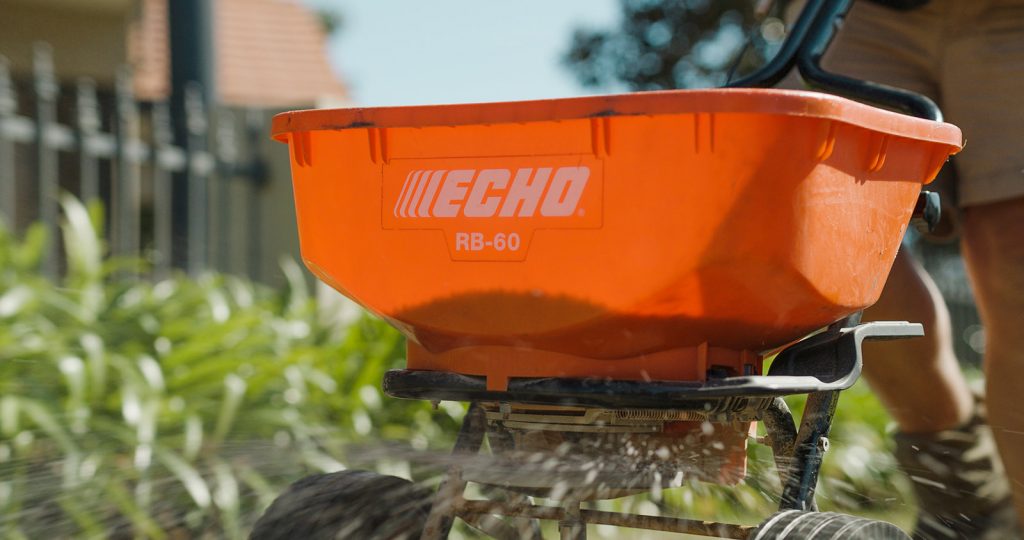
Agapanthus is a beautiful and hardy perennial plant that produces large clusters of showy flowers in shades of blue, purple, and white. Here are some tips to help keep your agapanthus blooming:
- Provide full sun: Agapanthus prefers full sun to partial shade, so make sure to plant it in a location that receives at least six hours of direct sunlight each day.
- Water regularly: this plant needs regular watering to thrive, especially during hot, dry spells. Aim to provide about 1 inch of water per week, either from rainfall or irrigation.
- Fertilize: Agapanthus benefits from regular fertilization. Use a slow-release fertiliser or organic compost in the spring and summer to promote healthy growth and blooming. (If you just need a small amount of compost, this is a great option; if you need a larger quantity the best option is to contact your local soil supplier.)
- Deadhead: Deadheading is the process of removing spent flowers from the plant. This encourages the plant to produce more flowers and can prolong the blooming period.
- Prune: Prune the plant back by about a third after it finishes blooming. This will encourage bushier growth and more blooms the following year.
- Avoid overcrowding: Overcrowding can be detrimental to the plants’ health, so it’s important to thin out clumps of agapanthus every few years.
- Keep pests and diseases at bay: Pests and diseases can inhibit blooming, so it’s important to keep an eye out for any signs of infestation or infection and take appropriate action as soon as possible.
By following these tips, you can help ensure that your agapanthus plants bloom profusely and continue to provide an attractive display in your garden for many years to come.
How many times a year do agapanthus flower?

Agapanthus typically flowers once a year, typically in late spring or early summer. The flowers can last for several weeks and the exact timing will depend on the variety, and the specific weather conditions of the year. Some varieties may rebloom later in the summer if deadheaded after the first flush of blooms. However, it is important to note that Agapanthus may not flower every year, especially if the plant is young, or if it does not receive the ideal growing conditions.
Is Dynamic Lifter good for agapanthus?
Yes, it can be if applied correctly. Dynamic Lifter is an organic fertiliser that is designed to improve the health and growth of plants. It contains a blend of blood and bone, poultry manure, and seaweed, which provide a wide range of nutrients to plants. It can be beneficial for Agapanthus, as it contains high amounts of phosphorous which can aid in the blooming process. However, it’s important to note that Dynamic Lifter is a slow-release fertiliser, which is best applied in the spring or early summer, when the plants are actively growing. Also, it’s important to follow the package instructions for application rates and frequency, as over-fertilization can be harmful to plants.
How long do agapanthus flower for?
The flowering period of Agapanthus varies depending on the variety and the specific weather conditions of the year. Generally, flowers can last for several weeks, anywhere from 2 to 8 weeks. The exact timing will depend on the variety, and the specific weather conditions of the year. Some varieties may rebloom later in the summer if deadheaded after the first flush of blooms. However, it is important to note that Agapanthus may not flower every year, especially if the plant is young, or if it does not receive the ideal growing conditions.
Should agapanthus seed heads be removed?

Yes, agapanthus seed heads should generally be removed after the flowers have faded. This is important for a few reasons:
- Deadheading, or removing spent flowers, can encourage reblooming in some varieties.
- Removing seed heads can prevent self-seeding, which can lead to overcrowding and competition for resources.
- Removing seed heads can help to keep the plant looking neat and tidy.
It’s important to note that if you want to collect and save the seed, you should wait until the seed heads are dry and brown before cutting them off the plant.
Why is my agapanthus not flowering?
There are several reasons why an Agapanthus plant may not be flowering. Some of the most common reasons include:
- Insufficient sunlight: Agapanthus plants need at least six hours of direct sunlight per day in order to bloom. If the plant is not getting enough light, it may not produce flowers.
- Insufficient fertilization: these plants benefit from regular fertilization with a balanced, slow-release fertiliser. If the plant is not getting enough nutrients, it may not produce flowers.
- Overwatering or poor drainage: Agapanthus plants prefer well-draining soil and do not tolerate soggy or waterlogged soil. Overwatering or poor drainage can lead to root rot, which can inhibit the plant’s ability to produce flowers.
- Lack of dormancy: These plants benefit from a period of dormancy in Autumn and winter. If the plant is not given a chance to rest, it may not have enough energy to produce flowers in the spring.
- Pests or Diseases: Agapanthus can be affected by pests such as aphids, thrips or caterpillars or diseases such as powdery mildew or rust. (Here is an organic fungicide that will help with Powdery Mildew and Black Spot.) These can cause damage to the plant and inhibit its ability to produce flowers.
- Age: the plants may not flower for the first few years after planting. They need to establish a strong root system before they can produce flowers.
It is important to identify the problem and take corrective action, such as adjusting the light, fertilising, or adjusting watering schedule, treating pests or diseases, and so on.
Why are the tips of my agapanthus leaves turning yellow?
The tips of Agapanthus leaves turning yellow could be caused by a few different things:
- Drought stress: When agapanthus are overcrowded or under watered it is common for the tips of the leaves to turn yellow. Make sure that your plants are getting enough water during the hotter months and thin them out every few years to prevent overcrowding. (This product is great for helping with heat stress; best applied before the stress but can also help after or during a heat wave.)
- Nutrient deficiencies: Yellowing leaves can be a sign of a lack of important nutrients such as nitrogen, potassium, or iron. This can be corrected by fertilising the plant with a balanced fertiliser.
- Overwatering: Agapanthus plants prefer well-draining soil and do not tolerate soggy or waterlogged soil. Overwatering can cause the leaves to turn yellow and can lead to root rot.
- Chlorosis: Chlorosis is a condition in which the plant is unable to produce enough chlorophyll, causing the leaves to turn yellow. This can be caused by a lack of iron or other micronutrients in the soil.
- Pests or Diseases: Your plants an be affected by pests such as aphids, thrips or caterpillars or diseases such as powdery mildew or rust. These can cause damage to the plant and inhibit its ability to produce chlorophyll, causing the leaves to turn yellow.
- Improper pH levels: Agapanthus prefers a slightly acidic to neutral pH (6.0-7.0) range (to find out what your soil pH is use this kit). If the soil pH is too high or too low it can affect the plant’s ability to absorb the nutrients it needs and cause the tips of the leaves to turn yellow.
It is important to identify the problem and take corrective action, such as adjusting the light, fertilising, or adjusting watering schedule, treating pests or diseases, and so on.
How far back do you cut agapanthus?
When pruning Agapanthus, the goal is to remove old, dead, or yellowed leaves and stems. The amount you cut back will depend on how overgrown the plant is and what you are trying to achieve. Here are some general guidelines for pruning Agapanthus:
- Prune back dead or yellowed leaves: If your plant has yellowed leaves or dead foliage, you can cut these back to the base of the plant. This will encourage new growth and improve the overall appearance of the plant.
- Cut back overgrown plants: If your Agapanthus is getting too big or is overgrown, you can cut back the top growth to control its size. Cut back the top growth to just above where the new growth is emerging.
- Deadheading: Remove the dead flowers, as they are finished blooming, this encourages more blooming.
It is important to note that it is best to prune Agapanthus in the spring before new growth begins, since the plant will be dormant. Pruning in the fall or winter can damage the plant.




